The rapid advancement of artificial intelligence (AI) and large language models has resulted in an unprecedented surge in demand for high-speed optical transceiver modules within data centers and AI clusters. The operational speeds of these modules have expanded significantly—from 100 Gbps, suitable for entry-level data center applications, to 400 Gbps, commonly employed in current AI clusters; further increases to 800 Gbps are emerging as the preferred solution for high-demand applications, and speeds exceeding 1.6 Tbps are anticipated to support next-generation AI workloads. Consequently, efficient thermal management is pivotal in ensuring performance, reliability, and energy efficiency.

As transmission distances increase, the need for precise temperature stability becomes even more critical. Optical transceiver modules, particularly those designed for long-distance applications, require exacting temperature control to maintain the stability and performance of their laser sources. These modules rely on laser diodes for data transmission, which are inherently sensitive to temperature variations. Minor fluctuations in temperature may lead to signal degradation and a reduction in reliability. Currently, driven by the dynamic demands of AI and data center operations, manufacturers face several thermal challenges, including:
continuously increasing module power requirements;
stringent size constraints;
proximity to the modules’ thermal limits;
a progressively tightening signal-to-noise ratio (SNR) budget as speeds scale from 400 Gbps to 3.2 Tbps;
the imperative for robust cooling and stable temperature maintenance;
and the necessity for all components to operate in a power-efficient manner.
Maintaining optimal performance in both the laser diodes and the overall optical transceiver system necessitates precise thermal control. The performance of laser diodes is governed by multiple factors—temperature, electrical current, and optical power. Temperature variations can affect both the electrical and optical characteristics of a laser diode, thereby impacting its performance and operational lifespan. When operating conditions exceed the maximum permissible range, increased thermal resistance and reduced current gain lead to performance deterioration. Moreover, elevated temperatures may induce wavelength shifts in the laser diode, adversely affecting both performance and reliability; such shifts can precipitate severe crosstalk and, in extreme cases, result in diode failure.
For instance, distributed feedback (DFB) laser diodes typically emit light within a wavelength range of approximately 1260 to 1650 nm. An increase in temperature may cause the peak wavelength to shift by roughly 0.1 nm per degree Celsius. Thermoelectric Coolers (TECs) play a crucial role by efficiently dissipating heat and maintaining a stable thermal environment, thereby ensuring reliable temperature stability. This stabilization not only enhances signal integrity but also extends the operational lifespan of the optical transceiver modules.
Another pressing concern associated with temperature fluctuations is crosstalk, which is particularly critical in communication links demanding high bandwidth over long distances. Ultra-large-scale data centers, for example, often deploy wavelength division multiplexing (WDM) to augment the data throughput of optical fibers by combining multiple data streams in parallel.
Moreover, advances in laser diode technology necessitate parallel progress in thermal management solutions. As data throughput increases and the distances between interconnection points expand, laser diodes are subjected to higher thermal loads. This escalation necessitates that the packaging of these diodes incorporates enhanced heat-pumping capabilities to extract thermal energy from sensitive electronic components. To efficiently evacuate this heat, micro TECs with a higher fill factor and a thinner form factor are essential; they are critical in ensuring efficient operation while preserving strict wavelength control and temperature stability.
Micro TECs offer several advantages: their reduced size facilitates a more rapid response to temperature variations, they enhance the performance and reliability of laser diodes, and they allow for economical mass production with lower power consumption. The advent of novel thermoelectric materials and high-precision manufacturing techniques has enabled the development of increasingly compact micro TECs. These advancements allow for the miniaturization of laser diode packaging without compromising thermal stability, thereby ensuring that the diodes respond swiftly to temperature changes—a factor of utmost importance in optical communication systems. Enhanced efficiency, coupled with the benefits of high throughput and lower manufacturing costs, directly contributes to improved performance and reduced overall system costs.
Micro TEC solutions, such as Laird’s new OptoTEC MBX series, are purpose-designed for the precise temperature stabilization of laser diodes (see Figure 2). The ultra-compact MBX series fulfills the demands of contemporary laser diode applications by featuring a smaller form factor, reduced power consumption, increased reliability, and economically favorable mass production. Collectively, these attributes not only elevate performance but also extend the reliability and operational lifespan of laser diodes, thereby catalyzing innovations in next-generation telecommunications applications.
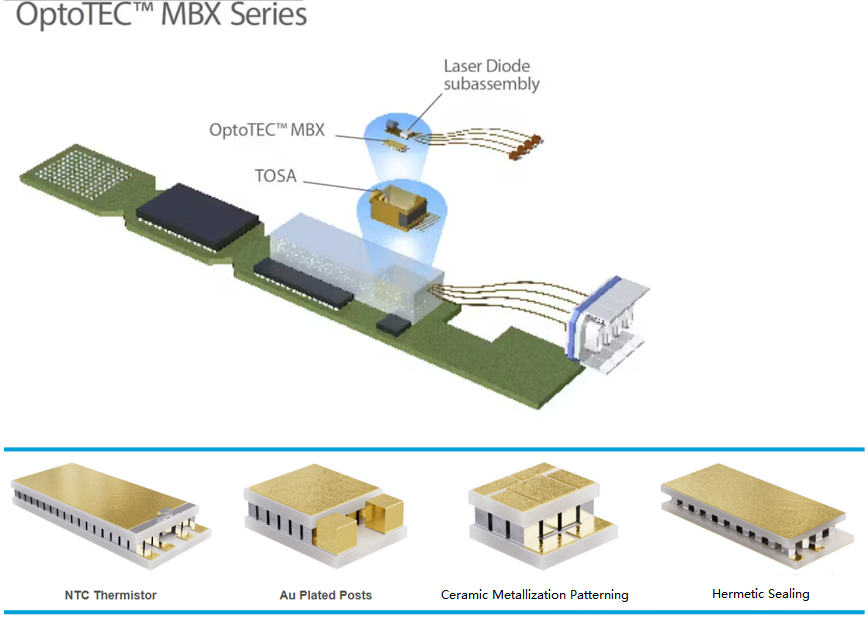
As optical transceiver modules continue to evolve, TEC suppliers are engineering smaller, thinner, and more geometrically adaptable solutions that accommodate compact forms without sacrificing performance.

Key design considerations for micro TECs include:
Sufficient Cooling Capacity: The device must be capable of efficiently managing optical modules operating within a power range of 1–3 watts.
Compact Dimensions: The TEC must have a streamlined form factor that fits within transceiver modules while still delivering effective cooling performance.
High-Volume Manufacturability: The design should facilitate scalable manufacturing and assembly processes, thereby reducing production costs and increasing yield. This ensures that TECs can be produced reliably and economically for large-scale deployment.
As artificial intelligence continues to drive the demand for faster and more efficient data transmission, the optical transceiver market is expected to experience ongoing growth and innovation. Customized thermoelectric cooling solutions will play a critical role in maintaining the performance and reliability of these essential components in the rapidly evolving landscape of AI and data center technologies.
Related Products:
-
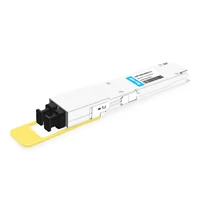 OSFP-800G-DR8D-FLT 800G-DR8 OSFP Flat Top PAM4 1310nm 500m DOM Dual MTP/MPO-12 SMF Optical Transceiver Module
$1200.00
OSFP-800G-DR8D-FLT 800G-DR8 OSFP Flat Top PAM4 1310nm 500m DOM Dual MTP/MPO-12 SMF Optical Transceiver Module
$1200.00
-
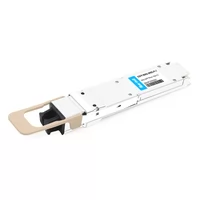 OSFP-800G-SR8D-FLT OSFP 8x100G SR8 Flat Top PAM4 850nm 100m DOM Dual MPO-12 MMF Optical Transceiver Module
$850.00
OSFP-800G-SR8D-FLT OSFP 8x100G SR8 Flat Top PAM4 850nm 100m DOM Dual MPO-12 MMF Optical Transceiver Module
$850.00
-
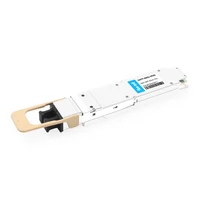 OSFP-800G-SR8D OSFP 8x100G SR8 PAM4 850nm 100m DOM Dual MPO-12 MMF Optical Transceiver Module
$750.00
OSFP-800G-SR8D OSFP 8x100G SR8 PAM4 850nm 100m DOM Dual MPO-12 MMF Optical Transceiver Module
$750.00
-
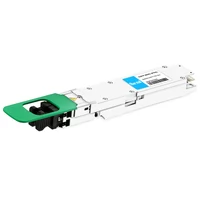 OSFP-800G-2FR4L OSFP 2x400G FR4 PAM4 1310nm 2km DOM Dual Duplex LC SMF Optical Transceiver Module
$1350.00
OSFP-800G-2FR4L OSFP 2x400G FR4 PAM4 1310nm 2km DOM Dual Duplex LC SMF Optical Transceiver Module
$1350.00
-
 OSFP-800G-DR8D 800G-DR8 OSFP PAM4 1310nm 500m DOM Dual MTP/MPO-12 SMF Optical Transceiver Module
$1100.00
OSFP-800G-DR8D 800G-DR8 OSFP PAM4 1310nm 500m DOM Dual MTP/MPO-12 SMF Optical Transceiver Module
$1100.00
-
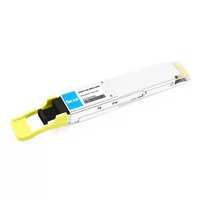 QSFP-DD-800G-DR8 800G-DR8 QSFP-DD PAM4 1310nm 500m DOM MTP/MPO-16 SMF Optical Transceiver Module
$1300.00
QSFP-DD-800G-DR8 800G-DR8 QSFP-DD PAM4 1310nm 500m DOM MTP/MPO-16 SMF Optical Transceiver Module
$1300.00
-
 QSFP-DD-800G-SR8 800G SR8 QSFP-DD 850nm 100m OM4 MMF MPO-16 Optical Transceiver Module
$1200.00
QSFP-DD-800G-SR8 800G SR8 QSFP-DD 850nm 100m OM4 MMF MPO-16 Optical Transceiver Module
$1200.00
-
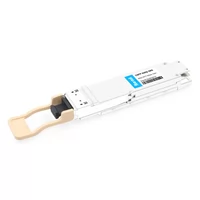 OSFP-800G-SR8 OSFP 8x100G SR8 PAM4 850nm MTP/MPO-16 100m OM4 MMF FEC Optical Transceiver Module
$750.00
OSFP-800G-SR8 OSFP 8x100G SR8 PAM4 850nm MTP/MPO-16 100m OM4 MMF FEC Optical Transceiver Module
$750.00
-
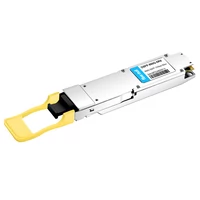 OSFP-800G-DR8 OSFP 8x100G DR PAM4 1310nm MPO-16 500m SMF DDM Optical Transceiver Module
$1100.00
OSFP-800G-DR8 OSFP 8x100G DR PAM4 1310nm MPO-16 500m SMF DDM Optical Transceiver Module
$1100.00
-
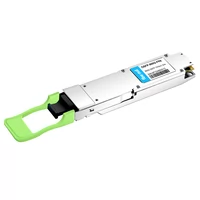 OSFP-800G-FR8 OSFP 8x100G FR PAM4 1310nm MPO-16 2km SMF Optical Transceiver Module
$1300.00
OSFP-800G-FR8 OSFP 8x100G FR PAM4 1310nm MPO-16 2km SMF Optical Transceiver Module
$1300.00
